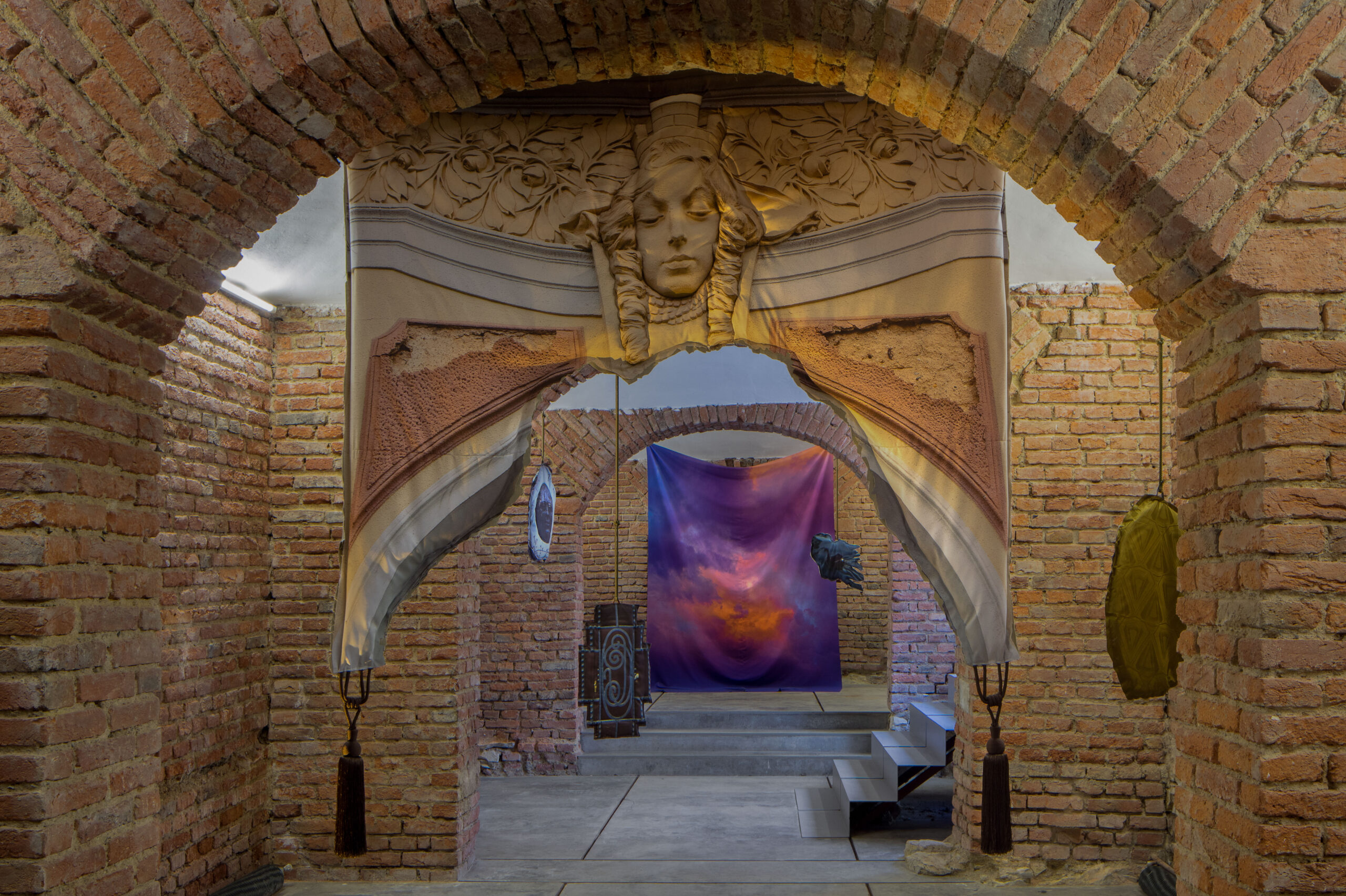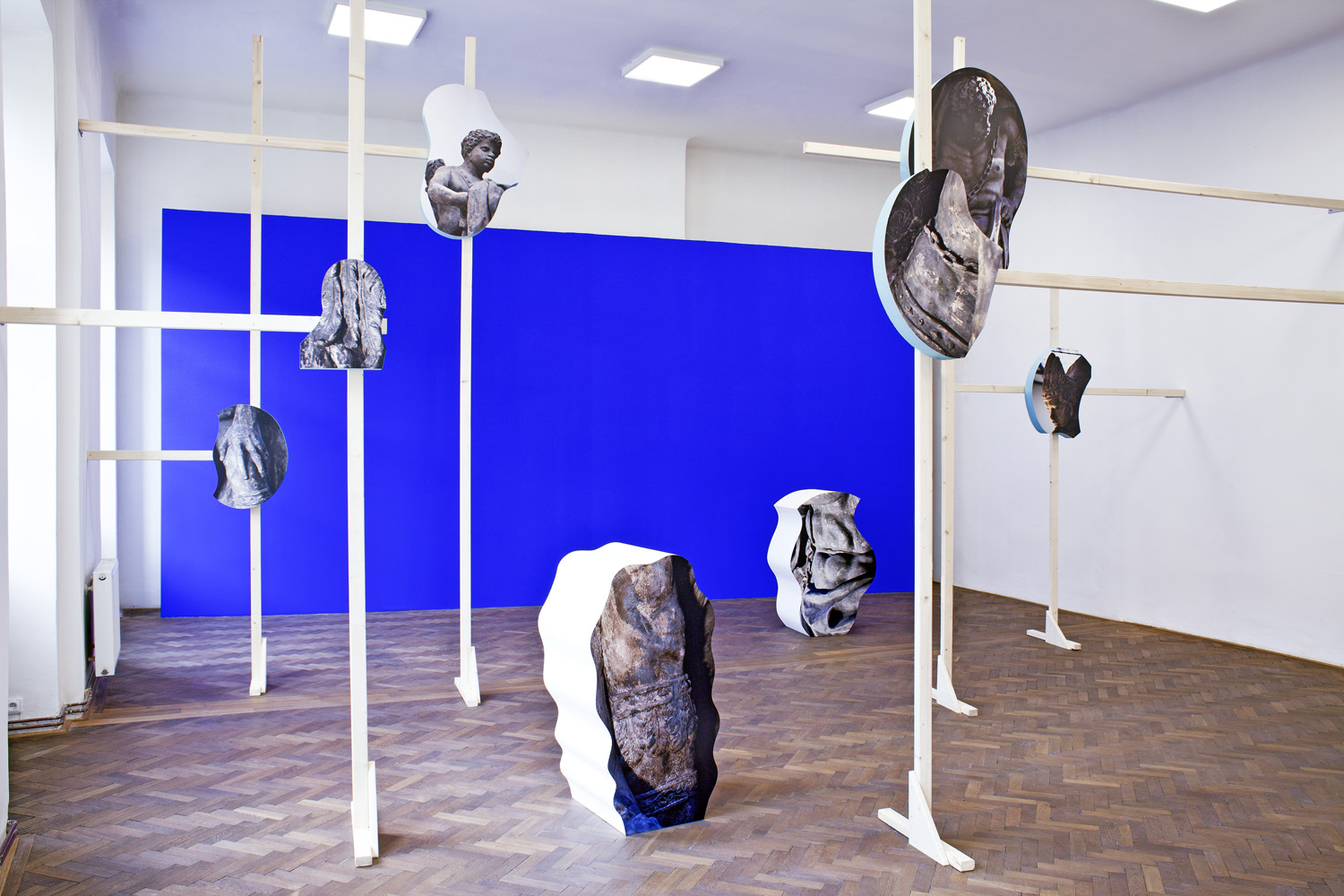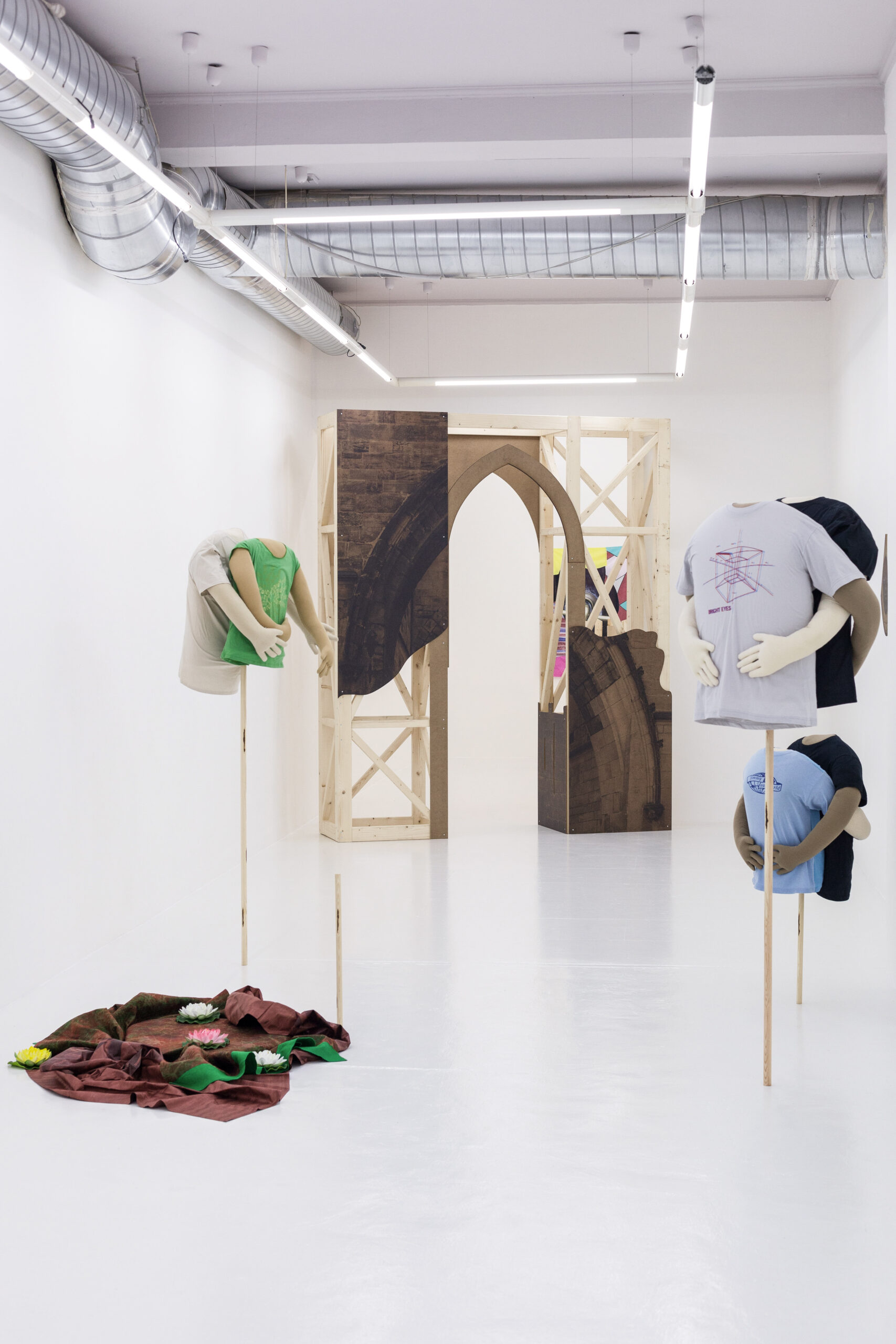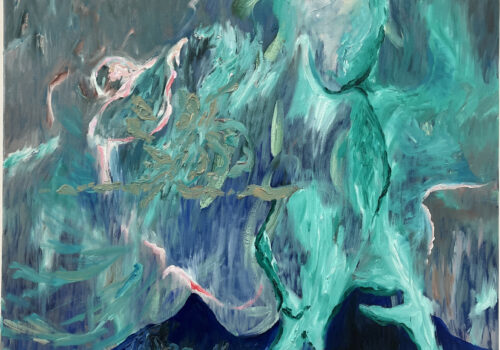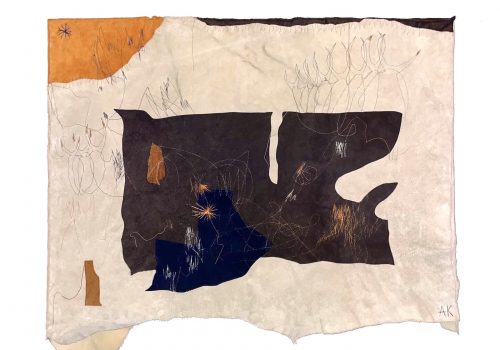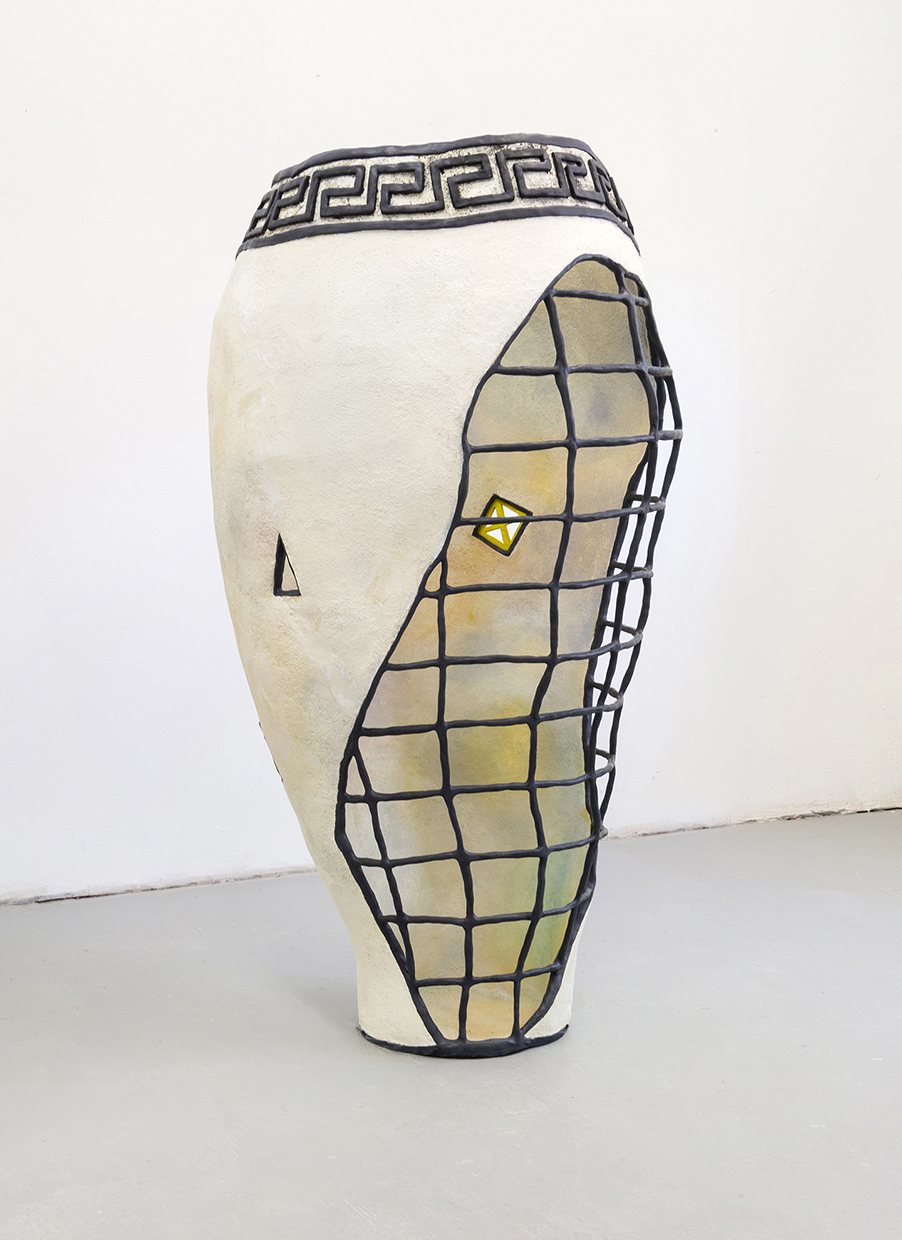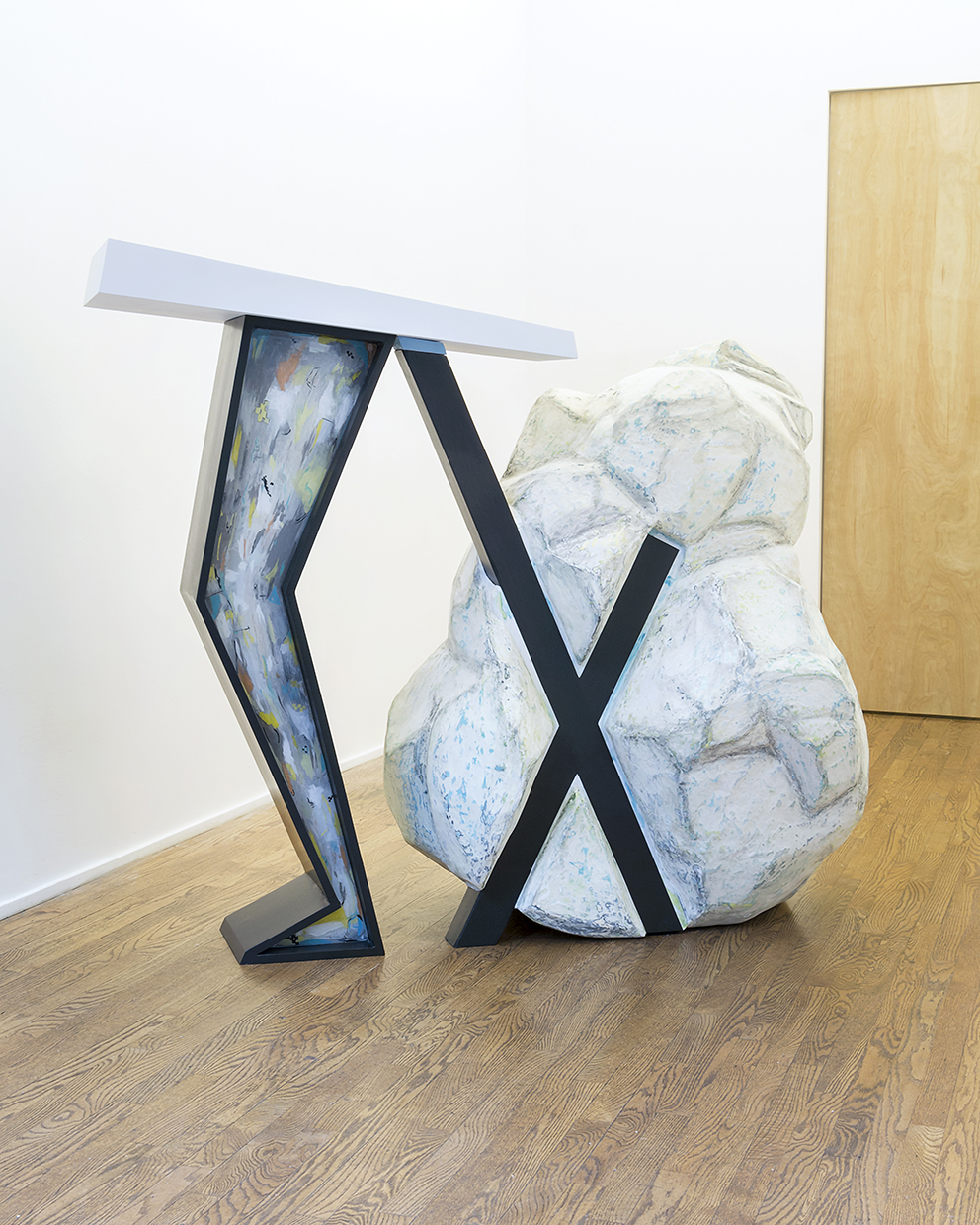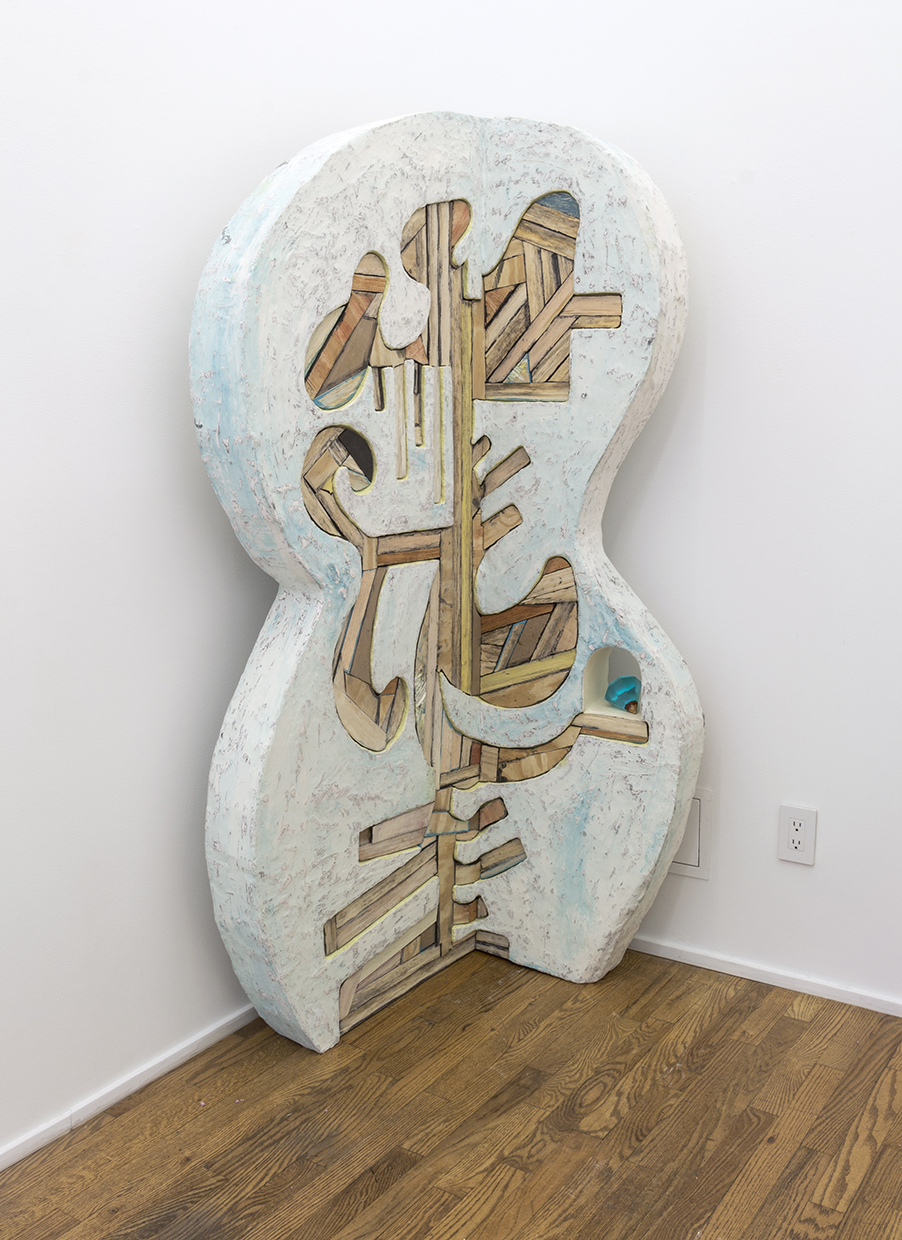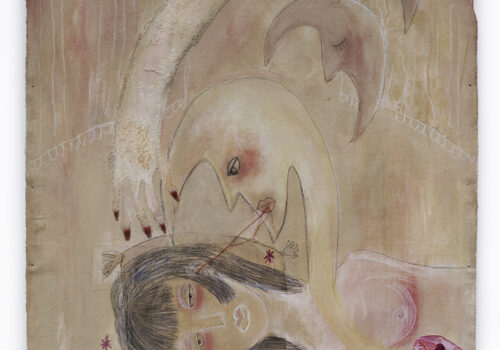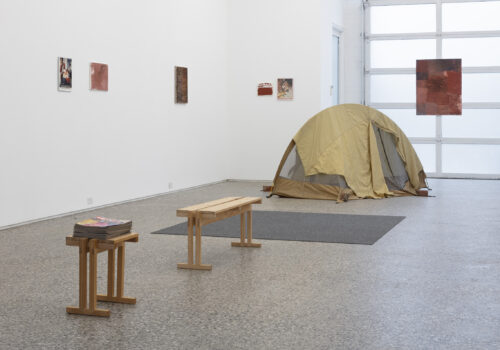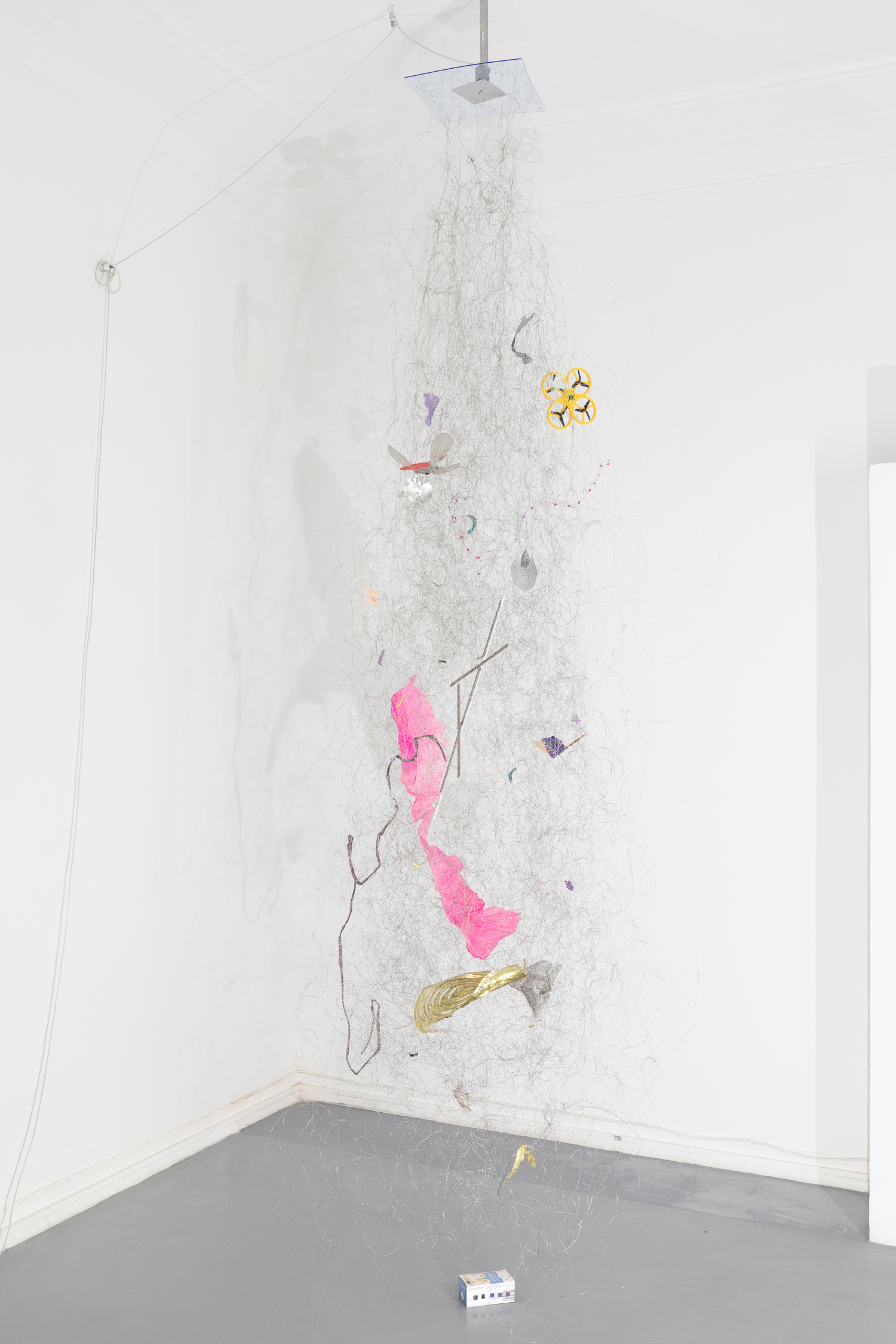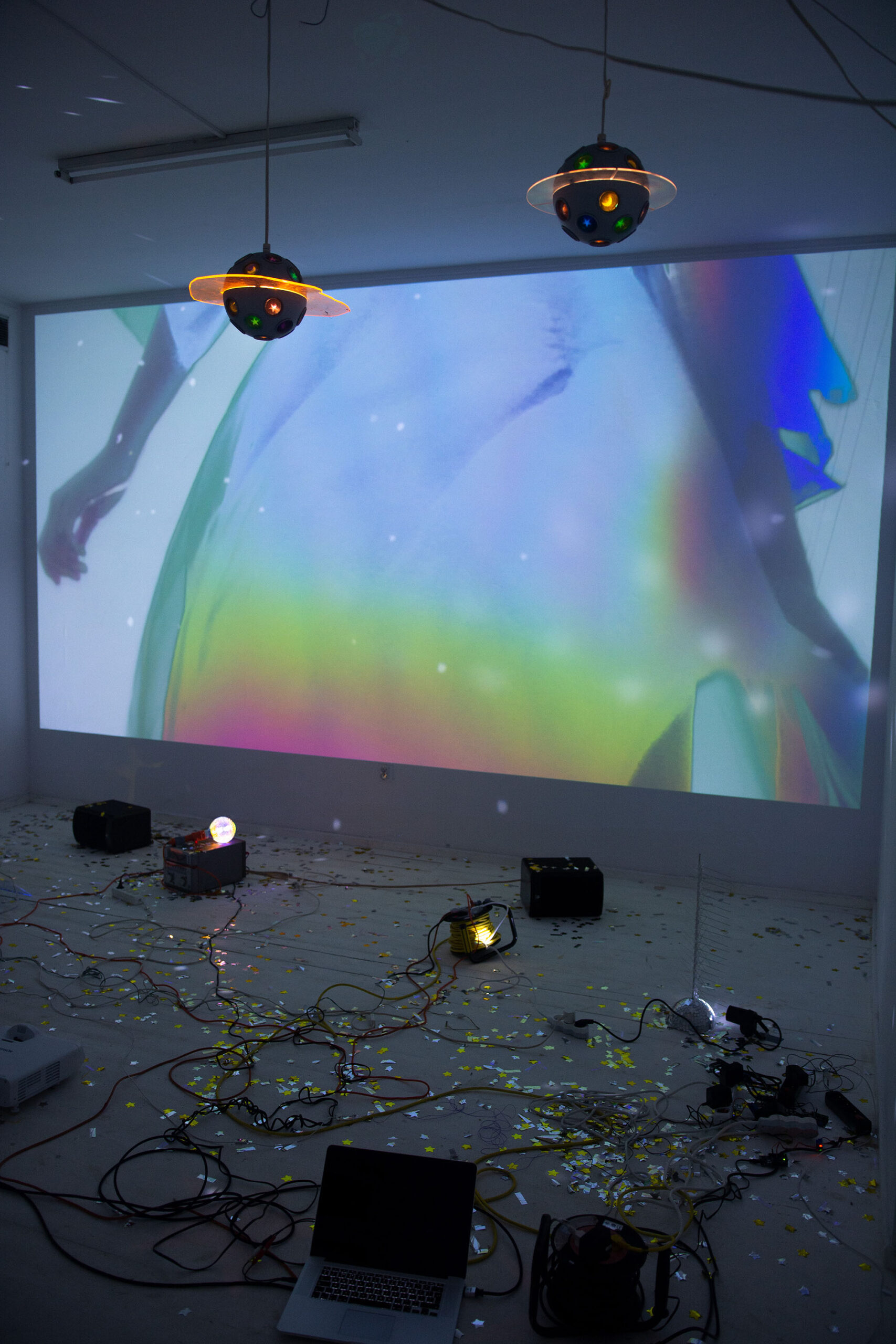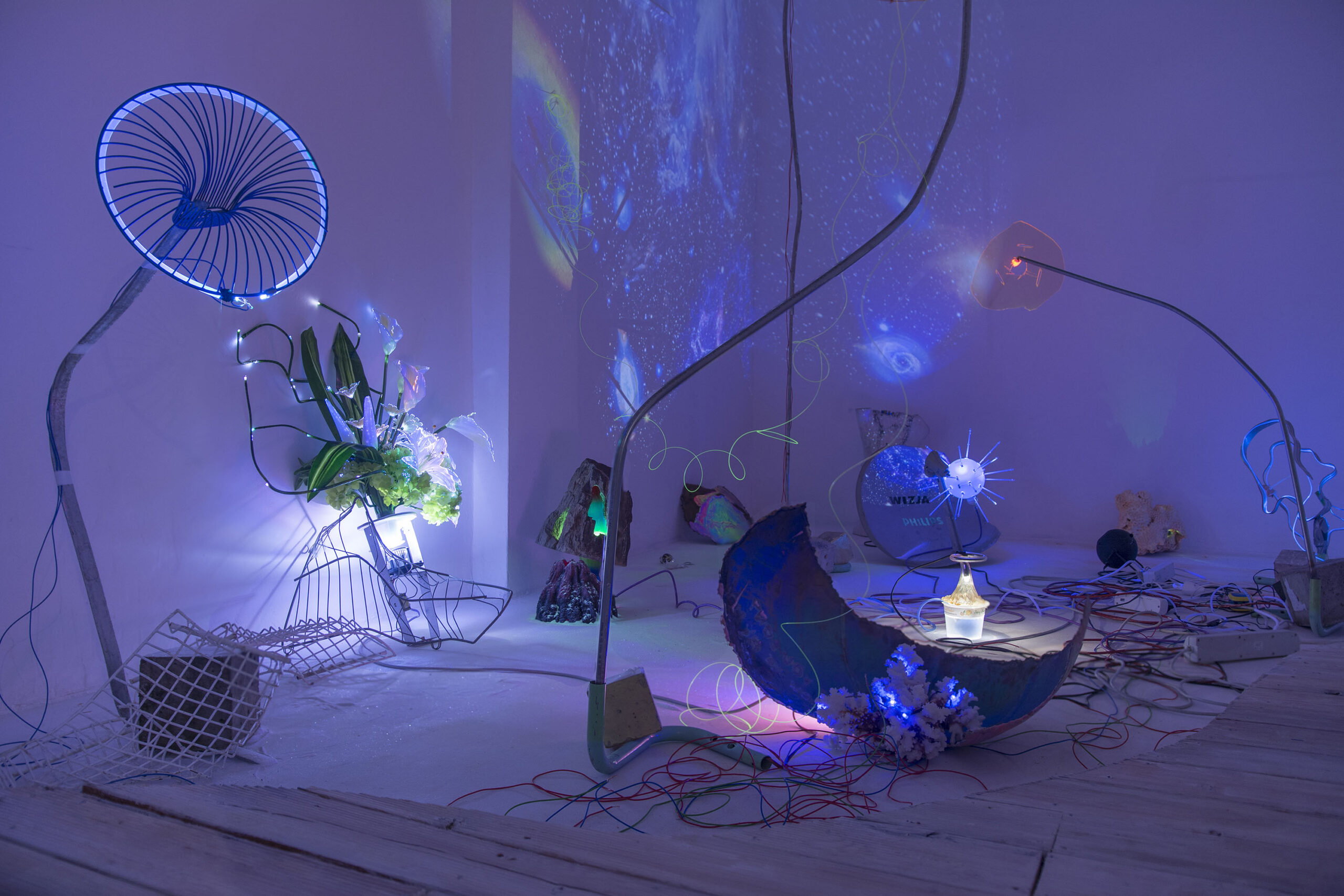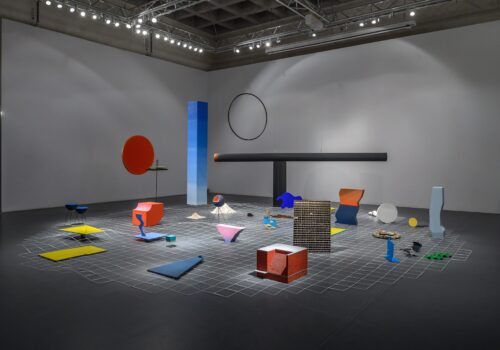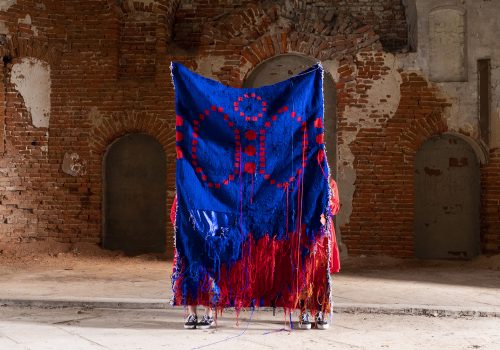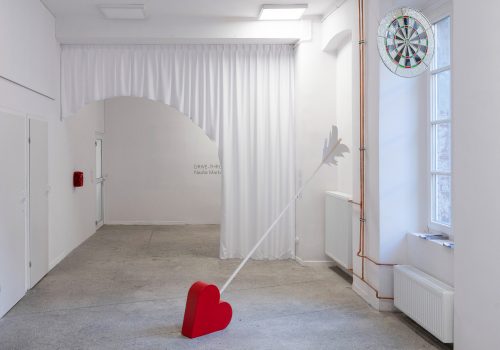Past Residents
Past Resident2022: International Visegrad Fund
Radek Brousil
Using primarily textiles, ceramics, film, photography and video, Radek Brousil creates installations that address social testimony and present an activist stance on the future’s unpredictability. With an interest on post-colonial tendencies in the contemporary artistic discourse, Brousil examines these issues on a symbolic, individual, and emotional level. He characterizes social, cultural, and environmental problems using novel interpretations and terminology.
Radek Brousil has exhibited work at Komplot, Brussels; Futura, Prague; and Parisian Laundry, Montreal, among others.
Residents from Czech Republic
Past Resident2023: Toby Devan Lewis
Sarah Tortora
Sarah Tortora draws inspiration from canonical sculptures, urban infrastructure, and museum display. Her work alternates between relational warmth and misidentification, and functions parallel to language to create intuitive replicas of archetypal objects. Tortora’s work conjures the psychic displacement necessary to comprehend the cultural displacement such archetypes can induce. The artist accepts the premise that every equestrian monument is truly a Trojan horse, and questions legacies of labor across geological time.
Sarah Tortora has exhibited work at Ulterior Gallery, New York; C. Grimaldis Gallery, Baltimore; and NADA x Foreland, Catskill, among others.
Residents from United States
Past Resident2022: International Visegrad Fund
Marta Krześlak
Marta Krześlak uses video, collage, electrical components and found material to create kinetic and spatial installations. Her work constructs landscapes from both memory and imagination, while experimenting with scale and kitsch to renegotiate decisions already made within discarded objects, pushing them into the realm of the absurd. By putting her work in motion, she provokes a choreography of movements between object and visitor, creating an ever-shifting frame of reference through which to view the universe.
Marta Krześlak has exhibited work at Zachęta National Gallery Project Room, Warsaw; Gdansk City Gallery; and Muzeum of Art, Łódź, among others.

